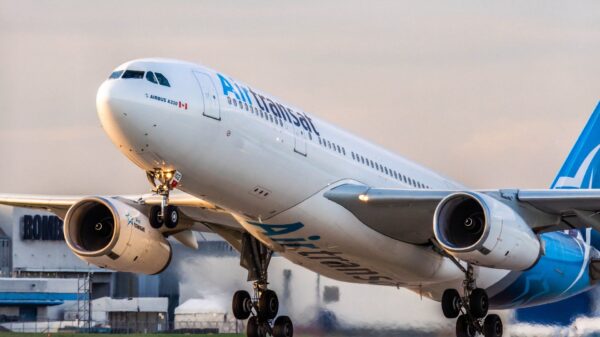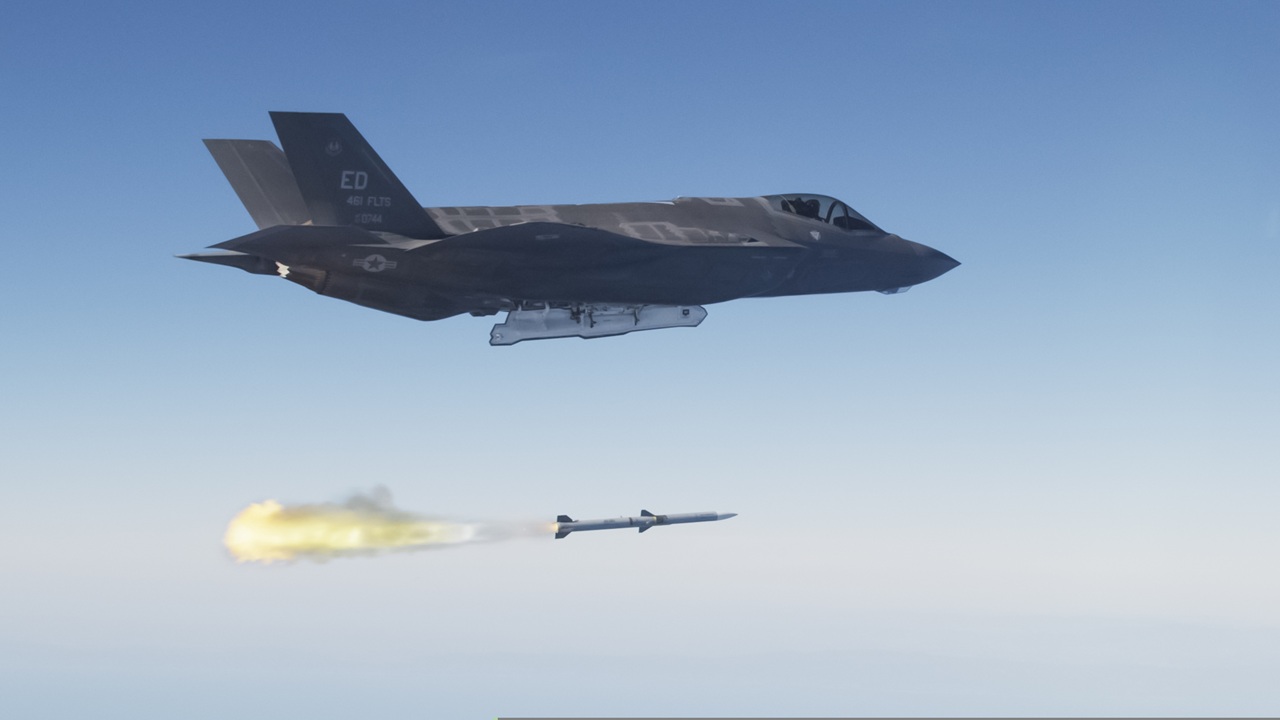The United States Department of Defense is requesting approximately $1 billion in funding for the development of the AIM-260 Joint Advanced Tactical Missile (JATM) for Fiscal Year 2026. This significant investment comes as a response to advancements in missile technology by near-peer adversaries, particularly the Chinese PL-15 missile. The Pentagon aims to enhance its air-to-air combat capabilities in an increasingly competitive global landscape.
The AIM-260 JATM, which has been in development since the mid-2010s, is designed to replace the aging AIM-120 Advanced Medium Range Air-to-Air Missile (AMRAAM). The AMRAAM has been operational since the early 1990s and has undergone numerous upgrades. However, the evolving threats posed by adversaries have prompted the need for a more advanced missile system. The U.S. Air Force is seeking $368 million for initial JATM production and an additional $300 million for further production efforts, while the U.S. Navy is requesting $301 million specifically for the AIM-260’s development.
Lockheed Martin, known for its production of the F-22 Raptor and F-35 Lightning II stealth fighter jets, is leading the manufacturing of the AIM-260. Although details regarding the missile’s capabilities remain classified, the U.S. Naval Air Systems Command (NAVAIR) recently provided a glimpse of the AIM-260 during a presentation in February, though no further specifications were disclosed.
As global military dynamics shift, U.S. adversaries are investing heavily in missile technology to achieve air superiority. An Air Force representative emphasized the importance of the AIM-260, stating, “Our potential adversaries have witnessed our ability to provide air superiority, and U.S. competitors have evolved in response.” The representative noted that an air-to-air missile capable of countering advanced threats is essential to maintaining U.S. dominance in the skies.
The urgency for the AIM-260 development has been underscored by recent conflicts, particularly the military clash between India and Pakistan. Reports indicate that the Indian Air Force experienced significant losses, potentially including six aircraft, due in part to the effectiveness of the PL-15 missile deployed by Pakistan. The Dassault Rafale fighter jet was among the aircraft lost, highlighting the critical nature of missile range in aerial combat.
In air-to-air engagements, missiles with extended ranges allow fighter jets to engage adversaries without exposing themselves to direct attack. The outcome of the India-Pakistan conflict serves as a stark reminder that the effectiveness of missile technology can be as pivotal as the capabilities of the aircraft themselves.
As the Pentagon moves forward with its request for funding, the development of the AIM-260 JATM represents a strategic effort to ensure that U.S. forces remain equipped to counter emerging threats in the air warfare arena. The investment not only aims to bolster the capabilities of current and future U.S. fighter jets but also to maintain a competitive edge against adversaries who are rapidly advancing in missile technology. The stakes are high, and the pressure is on for the Pentagon to deliver a system that meets the demands of modern aerial combat.







































































